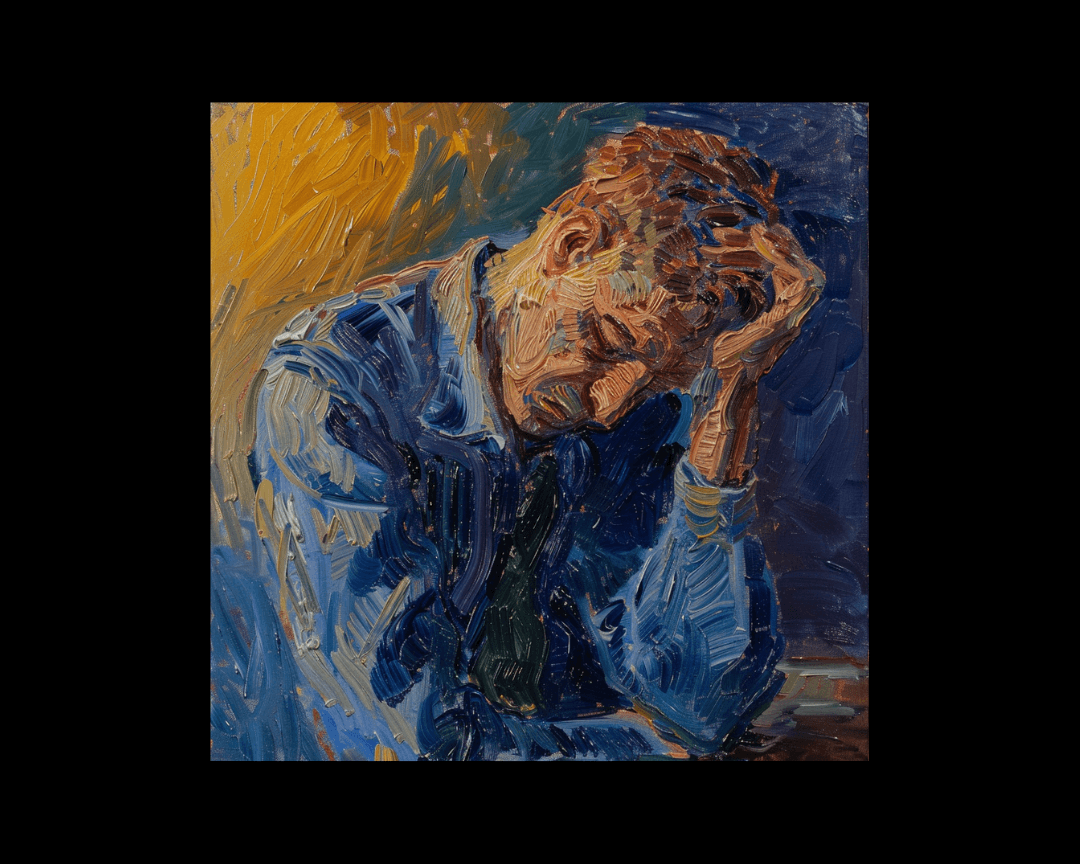A Writer’s Guide to Crafting Bone-Chilling Villains
Villains are the dark heartbeats that pulse through stories, captivating readers with their sinister allure. From Emperor Palpatine to Lord...

In the realm of storytelling, death is a constant companion. It stalks the battlefields and hospital wards, lurks in the shadows of dark alleys and the depths of treacherous waters. No character is immune to its icy grip, no matter how beloved or central to the narrative.
And yet, for all its ubiquity, the art of crafting a meaningful, impactful character death remains one of the most challenging and nuanced aspects of the writer's craft.
Are you ready to embark on a journey fraught with emotion? Are you prepared to plumb the depths of darkness to impact your readers? Then read on, friend.
Character deaths, when executed with skill and purpose, hold immense power. They can deepen a story's emotional resonance, raise the stakes of the conflict, and serve as pivotal moments in the arcs of the surviving characters. A well-crafted death can leave readers reeling, their hearts aching with the weight of the loss, and their minds spinning with the implications for the narrative to come.
But with this power comes great responsibility. A character death that feels arbitrary, contrived, or emotionally manipulative can shatter the reader's immersion, undermining the very impact the writer sought to achieve. It is not enough to simply shock or horrify, to revel in the visceral thrill of the kill. For a character's death to truly resonate, it must serve a clear and compelling narrative purpose.
What, then, are these purposes? What narrative ends can a character's demise serve? The answers are as varied as the stories in which they occur, but deaths often perform certain vital functions in the tapestry of a tale.
One of the most straightforward uses of character death is to convey exposition. The demise of a minor character can illustrate the deadliness of a plague ravaging a village and the cruelty of a villain who will stop at nothing to achieve their ends. By showing, rather than telling, the stakes and dangers of the world, these deaths help to immerse the reader in the narrative, grounding the abstract threats in visceral, human terms.
Choosing the right character for the sacrifice is the key to using death as exposition. A minor figure who has served their narrative purpose and whose loss will not feel cheap or unearned is often the best candidate. The more central the character, the greater the need for their death to resonate beyond mere background detail.
Death, even the death of a relatively minor character, has a way of ratcheting up the tension in a story. Suddenly, the dangers feel more real, the consequences more dire. If one character can fall, who might be next? This heightened sense of risk can keep readers on the edge of their seats, their hearts in their throats as they wonder who will survive and who will succumb.
This is particularly effective when the death in question is unexpected or shocking. The sudden loss of a character who seemed safe and had plot armor by their role or relationships can be a powerful way to signal that no one is untouchable. It shatters the reader's sense of security, leaving them unmoored and uncertain in the best possible way.
Perhaps the most common narrative use of character death is as a plot device, a catalyst for change and action in the surviving characters. The loss of a mentor figure like Gandalf in The Fellowship of the Ring can urge the hero to step up and take on the mantle of leadership. The murder of a loved one can drive a character to seek revenge, setting in motion a chain of events that will shape the course of the story.
However, the use of death as a plot device is not without its pitfalls. The trope of "fridging," in which a female character is killed off solely to motivate a male protagonist, has rightly been criticized as reductive and misogynistic. Similar issues arise when the deaths of characters from marginalized groups are used as mere springboards for the arcs of more privileged protagonists.
To avoid these pitfalls, it is crucial that every character, no matter their role in the story, be treated as a fully realized individual, not just a means to an end. Their deaths should feel earned, the culmination of their arcs rather than mere fuel for someone else's.
Death, in all its finality and mystery, has a way of sharply highlighting a story's themes. A character's demise can be a powerful statement on the nature of mortality, sacrifice, redemption, or other weighty ideas.
In The Fault in Our Stars, Augustus's death from cancer is a poignant meditation on the cruelty and randomness of the universe and how even the most vibrant lives can be cut short without warning or reason. In The Tale of Two Cities, Sydney Carton's sacrificial death is a stirring testament to the power of love and selflessness, how even the most self-indulgent of souls can find redemption in a final, noble act.
The key to using death as a thematic device is to ensure that it feels organic to the story and the characters. A death shoehorned in simply to make a point, without proper setup or emotional resonance, will ring hollow. The theme should arise naturally from the narrative, the inevitable culmination of the arcs and ideas that have been building throughout.
Perhaps the most potent use of character death is as the culmination of a character's arc. Whether it is a heroic sacrifice, a tragic downfall, or a peaceful passing after a life well-lived, the manner of a character's death can serve as the ultimate statement of who they were and what they stood for.
In positive arcs, death can be a moment of transcendence, a final, selfless act that cements the character's growth and transformation. Think of Obi-Wan Kenobi's sacrifice in A New Hope, allowing himself to be struck down so that Luke and the others can escape. It is a moment that defines Obi-Wan's character, commitment to the greater good, and faith in the power of the Force.
In negative arcs, death is often the inevitable consequence of the character's flaws and failings. The hubris of Icarus, flying too close to the sun on wax wings, leads to his plunge into the sea. The ambition and paranoia of Macbeth bring about his bloody end at the hands of those he wronged. These deaths feel fitting, the logical endpoints of these characters' paths.
But a character's death is not the end of their story. The ripples of their loss can spread out through the narrative, shaping the arcs of those left behind. Grief, guilt, rage, and sorrow are powerful emotional forces that can drive characters to new heights or plunge them into despair.
To truly do justice to a character's death, it is not enough to simply move on as if they never were. The aftermath must be dealt with, and the consequences must be faced head-on. Only then can the full impact of the loss be felt, and the true weight of the character's life and death measured.
Crafting a meaningful character death is not a task to be undertaken lightly. It requires a deft hand, a keen understanding of story structure and character arc, and a willingness to delve into the darkest, most emotionally fraught corners of the human experience.
But when done well, when imbued with purpose and resonance, a character's death can be one of the most powerful tools in a writer's arsenal. It can elevate a story from mere entertainment to something profound that lingers long after the final page is turned.
So, let us approach this solemn task with the gravity and care it deserves. Let us kill our darlings not for shock value or cheap emotion but for the story's sake and the characters who live and breathe on the page.

Villains are the dark heartbeats that pulse through stories, captivating readers with their sinister allure. From Emperor Palpatine to Lord...

In the realm of fiction, character reigns supreme. Readers experience the triumphs and tragedies, the loves and losses, the grand adventures and...

The protagonist's journey often takes center stage. We watch, transfixed, as they navigate the twists and turns of the plot, their inner landscape...